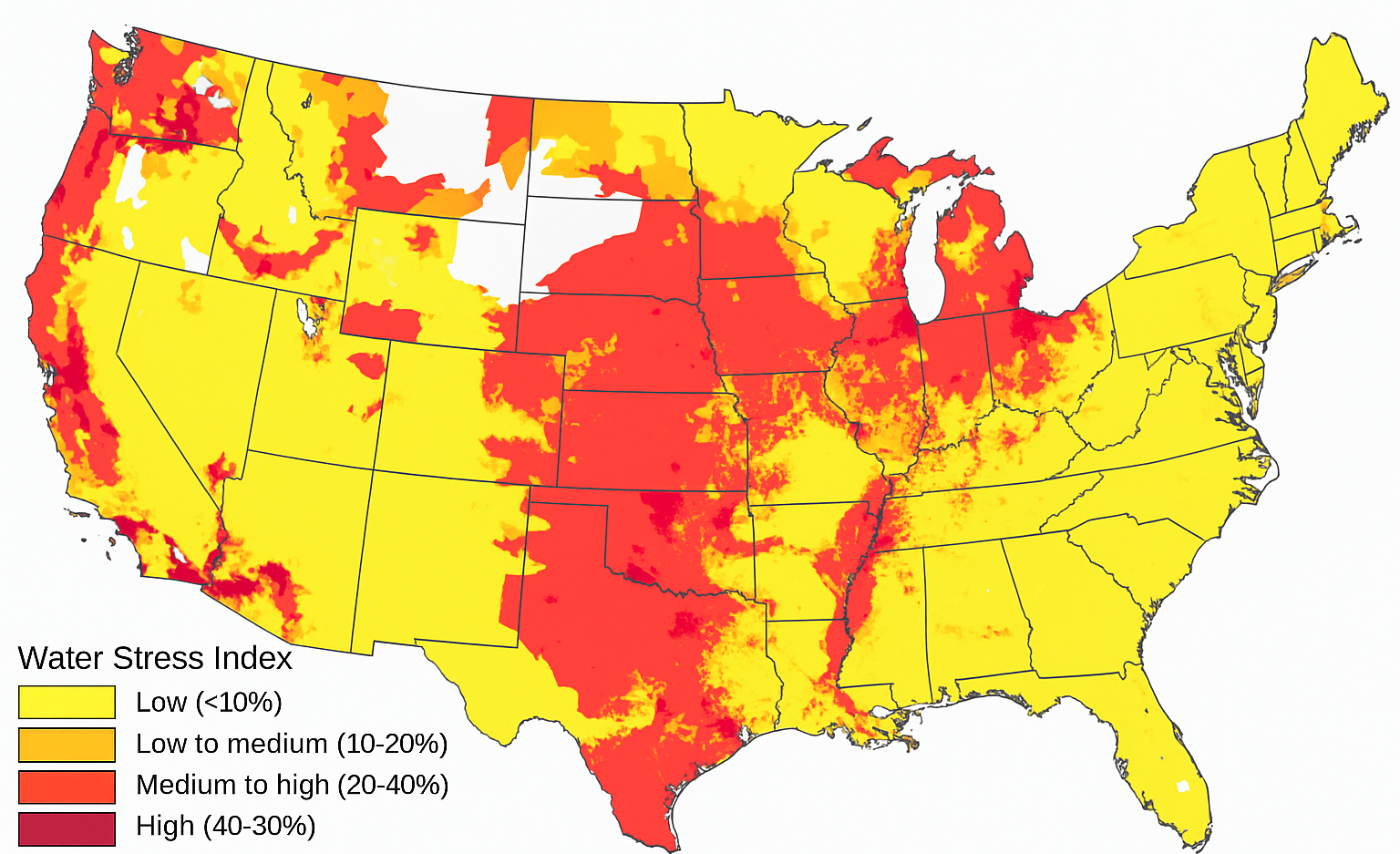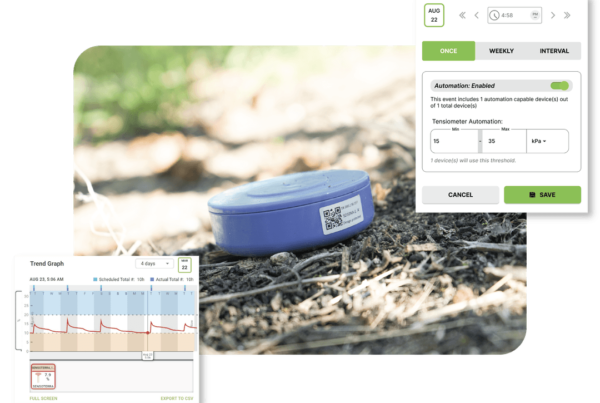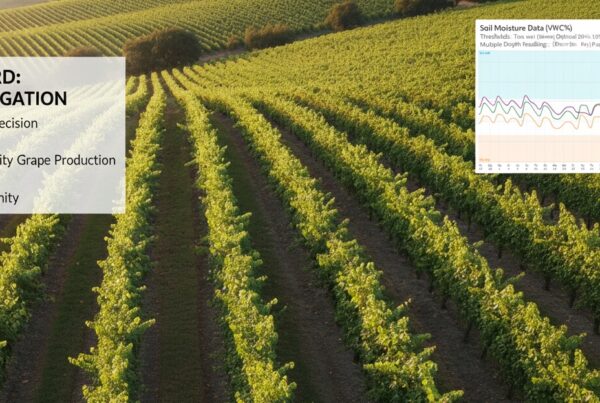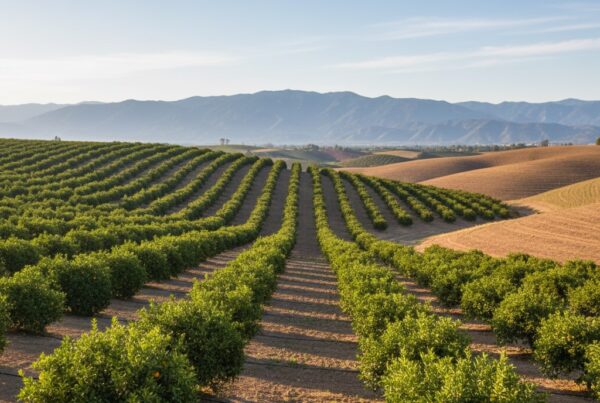Understanding the role of soil moisture in modern U.S. farming
Across the United States, water has become one of agriculture’s most limited resources. From the almond orchards of California to the cornfields of Nebraska, farmers face the same challenge: how to give crops enough water without wasting a drop. Soil moisture meters — also called soil sensors — have quietly become one of the most practical tools for tackling that problem.
How a soil moisture meter actually works
At their core, these devices measure how much water is held in the soil at different depths. They don’t guess or estimate; they record real conditions below the surface where roots actually grow. The data tells farmers exactly when the soil is drying out and when it’s already saturated, making it possible to time irrigation with precision.
1. Capacitance (frequency domain) sensors
These sensors send small electromagnetic signals into the soil. Because water conducts electricity differently than air or soil particles, the sensor detects how much moisture is present. This method provides instant, accurate readings and is widely used in precision agriculture.
2. Tensiometers
Tensiometers measure the tension between soil and water — in other words, how hard plant roots must work to extract moisture. They’re especially useful in crops that are sensitive to water stress, like vegetables and vineyards.
3. Time domain reflectometry (TDR) sensors
These advanced sensors send electrical pulses through the soil and measure how long it takes the signal to reflect back. The speed of that signal reveals how wet the soil is at different depths.
Where soil moisture sensors are installed
Sensors are usually placed at multiple depths to capture the full moisture profile of the root zone:
-
Shallow sensors (0–20 cm) show surface drying and irrigation timing.
-
Deeper sensors (20–80 cm) reveal how far water is penetrating and whether roots are getting enough moisture.
-
Very deep sensors (up to 120 cm) help prevent leaching or over-watering.
By tracking these layers, farmers can see how irrigation water moves through the soil and whether it’s reaching the crop roots efficiently.
Benefits for U.S. farmers
1. Reduced water waste
Farmers using soil moisture data can cut water use by 20–30% without sacrificing yield — critical in drought-prone regions like California and the Southwest.
2. Better yields and healthier crops
Irrigation decisions based on real-time data lead to consistent soil conditions, which reduce plant stress and promote stronger root growth.
3. Energy and labor savings
Less over-irrigation means lower pumping costs and fewer field visits to check soil conditions manually.
4. Sustainability and compliance
In some states, efficient irrigation backed by sensor data supports USDA conservation programs and state water-use regulations.
A Real-World Success Story: Fallon Place and eVineyard Integration
The eVineyard platform has taken precision irrigation to the next level by integrating Sensoterra soil moisture sensors, giving vineyard managers a full picture of soil moisture across root zones at different depths. Corey from Fallon Place Wines shared his experience after setting up the system in his vineyard:
“Well done on the Sensoterra soil moisture sensors and thanks for doing the eVineyard integration with them. It took me ages to find a durable and accurate moisture sensor. The sensor is feeding data into the eVineyard platform, and it lets me create a model of soil moisture across the different root zone depths and monitor it to make sure it stays in the proper zone. The vines look a lot healthier this year utilizing the tool with the adjusted soil profile. I’ll probably buy one for each of the other blocks over the winter if eVineyard builds support for multiple data feeds per block. Thanks again!”
– Corey, Fallon Place Vineyard Manager
With this setup, Corey can manage irrigation by monitoring soil moisture at various depths, ensuring that his vines receive the optimal amount of water and reducing the risk of under- or over-watering—a key factor in preventing waterlogged soils.
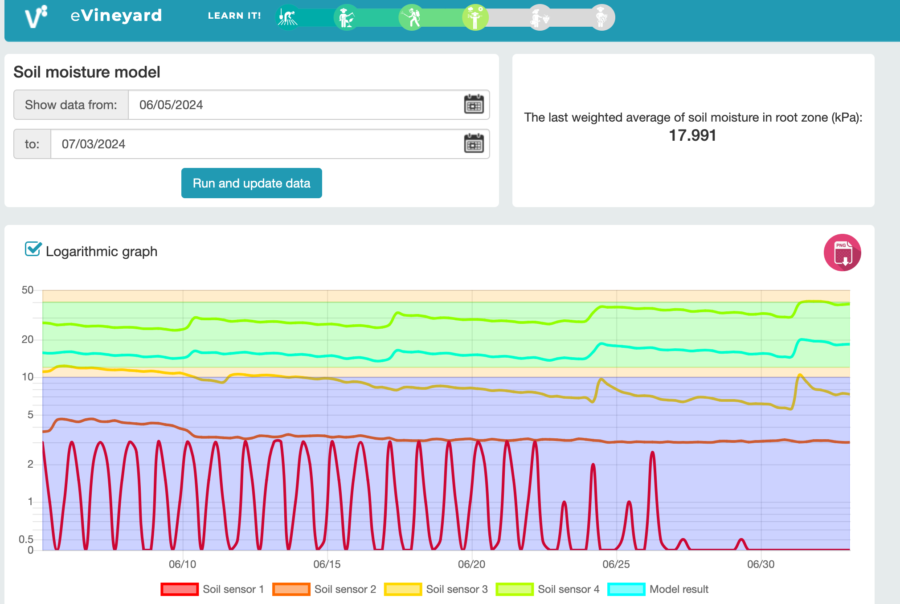
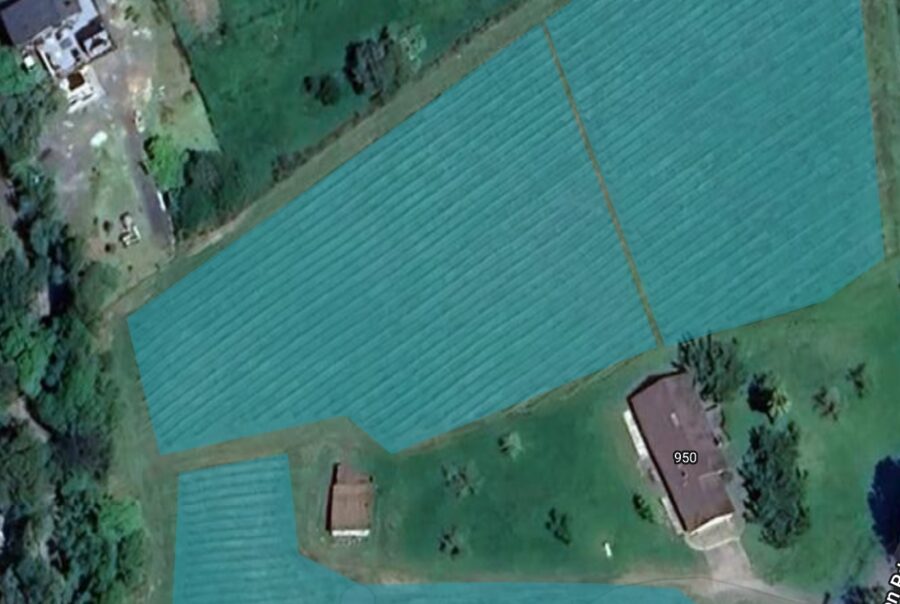
Choosing the right soil moisture meter
When selecting a soil moisture system, farmers should consider:
-
Soil type: sandy, clay, or loam soils behave differently.
-
Crop type: shallow-rooted vegetables need different monitoring depths than trees or vines.
-
Connectivity: modern sensors use wireless networks (LoRaWAN, NB-IoT) for easy remote access.
-
Battery life & durability: choose sensors that last several seasons without maintenance.
The Future: Connected, smart irrigation
Modern soil moisture meters are part of the growing Internet of Things (IoT) in agriculture. Data from the field is transmitted to mobile dashboards or farm management software, giving farmers real-time control over irrigation systems. By combining soil data with weather forecasts and evapotranspiration models, growers can automate irrigation schedules with precision.
The result? Higher productivity, lower resource use, and more resilient farming systems — exactly what U.S. agriculture needs to thrive under changing climate conditions.
Ready to optimize your irrigation?
For growers of high-value crops, Sensoterra soil moisture sensors provide the precision, reliability, and affordability needed to achieve better yields and more efficient water use. Discover how Sensoterra can transform your irrigation management. Get in touch to learn more about Sensoterra’s soil moisture sensors.
About Sensoterra
Sensoterra develops low-cost, simple, and robust wireless soil moisture sensors, providing actionable insights that enable water management platforms and solutions. Our sensors are built to integrate into any platform with our unique ‘API first’ philosophy – offering freedom and flexibility for data integration. It is our mission to enable water management platforms and solutions worldwide. We help by ‘Making Sense of Water’. We produce simple, robust, and low-cost wireless soil moisture sensors that are easy to deploy and built to integrate. With proven success in the applications of smart city landscaping, environmental monitoring, and precision agriculture, the Sensoterra solution integrates seamlessly in existing water and land management platforms.

